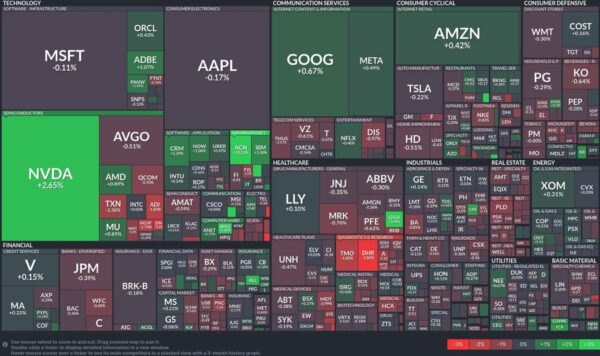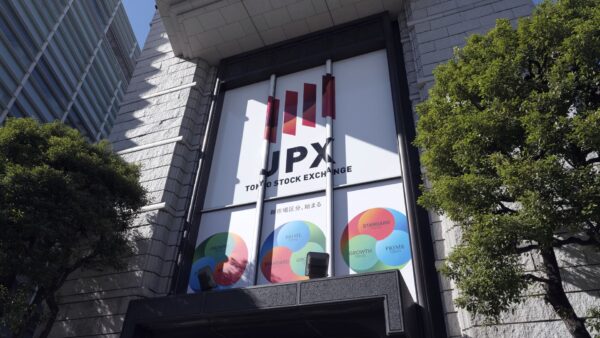Dow falls 500 points, Nasdaq slides as tech rout continues

One of Wall Street’s favorite calls to start 2024 has finally joined the stock market rally.
After significantly underperforming the broader market for the first six months of the year, small caps have been soaring in the past week following a better-than-expected June inflation reading that has markets increasingly optimistic about Federal Reserve interest rate cuts.
In the past month, the small-cap Russell 2000 (^RUT) index is now up about 10%, far outpacing the S&P 500’s 1.4% in the same timeframe. And the pressing question among Wall Street strategists right now is whether the rally has more room to run.
“We think there is room for the rotation into low quality to persist if rate cuts remain priced and the Trump 2.0 trade carries on ahead of US elections,” UBS Investment Bank US equity derivatives strategist Maxwell Grinacoff wrote in a note to clients on Thursday.
Grinacoff added that the keys to the rally continuing include further cooling in inflation and economic data showing similar, or higher, levels of growth.
On Wednesday, Bank of America’s head of US equity and quantitative strategy Savita Subramanian told Yahoo Finance on Wednesday the trend in small caps is “likely to persist.” But to Subramanian that doesn’t mean simply buying the Russell 2000 index is the right trade.
Subramanian highlighted about one-third of the Russell 2000 isn’t profitable, and overall the index faces far more refinancing risks amid higher interest rates than an index like the S&P 500.
“If we are, in fact, at a point where short rates are peaking, and we’re likely to see cuts, as that certainty improves, smaller-cap companies are likely to begin to outperform,” Subramanian said, “Indeed, their valuations are at levels that would warrant a pretty equitable comeback. I think the areas within the small-cap spectrum that look more attractive are the higher-quality cohorts. So within small caps, industrials, even energy companies, areas that have potentially more GDP sensitivity, more consumption sensitivity, would look more attractive.
She added, “Areas that have more refinancing risk, or more credit sensitivity, are potentially still in the penalty box until the Fed actually begins to cut rates. “
This article was originally published by a finance.yahoo.com
Read it HERE







